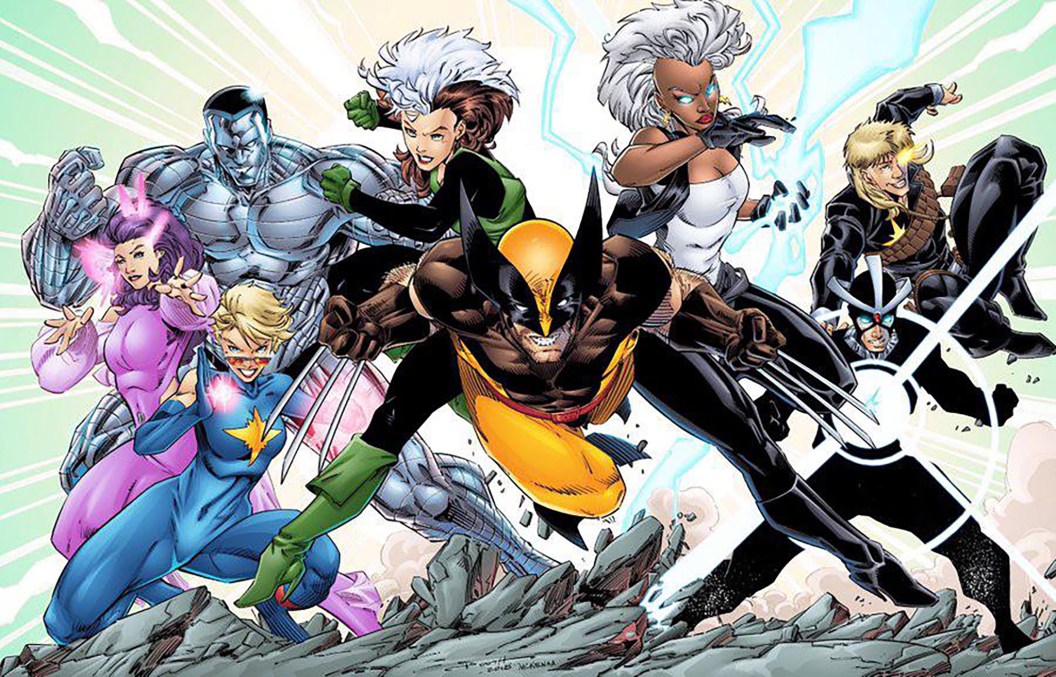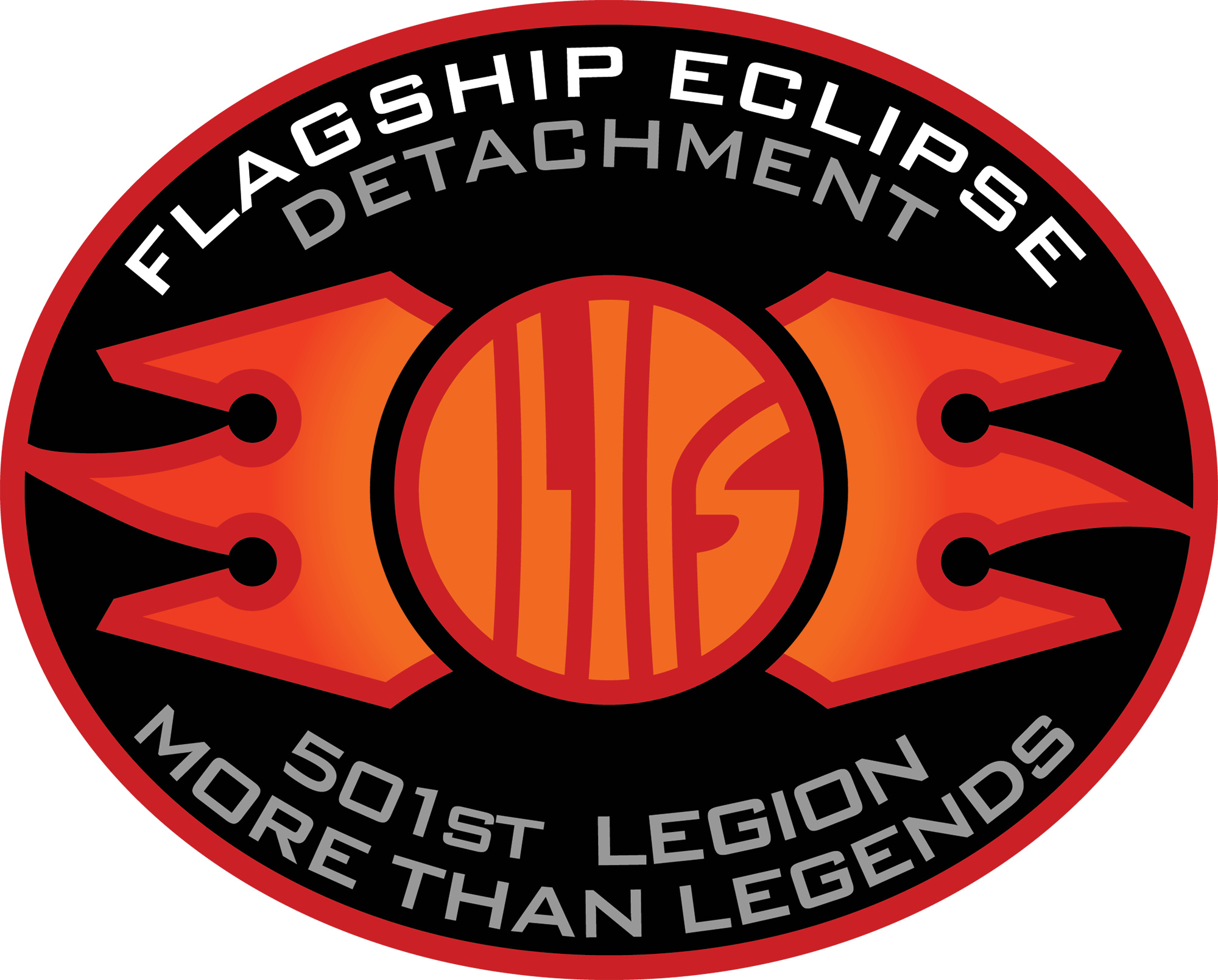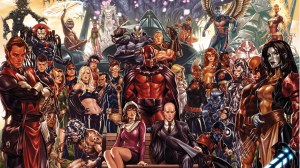
Starting in Uncanny X-Men #229 right after the “Fall of the Mutants” event the X-Men, or what is left of them, relocate to the Australian outback. It’s something of a wild story: with a new lineup introduced around issue #218, the X-Men are believed to have died doing battle with a demon called The Adversary posing as a friend of fellow mutant Forge. However, while it seemed the heroes perished, the actually got a fresh start instead. After being teleported to the Outback the team fought off a group of mutant-hating cyborgs known as the Reavers and made their new home in an abandoned town far away from humanity.
The X-Men have always been a metaphor for outsiders and minorities. Whether it’s due to race, gender, sexuality, etc, the X-Men have stood for marginalized groups pretty much since their debut and it’s something that the so-called Outback era in particular highlights. After a lot of lineup changes and fracturing of the team, the X-Men were a team of outcasts more than ever. With Storm still leading the team and Wolverine never leaving her side, the only other member still around from the new team that debuted in Giant-Size X-Men was Colossus who was out of action for a while up to this point. Joining them was Rogue, Havok the younger brother of Scott Summers aka Cyclops, Dazzler who they met in the “Dark Phoenix Saga,” Longshot a character created by Uncanny editor at the time Ann Nocenti joined their ranks, and the newly -ound younger sister of Captain Britain, Elizabeth Braddock aka Psylocke also joined. The team had become a group of outsiders more so than before and from that became a found family. Throw Gateway the quiet Aboriginal man in the Outback who would teleport the team at any point and Jubilee some time after, and the sole “human” Madelyne Pryor you have the most unlikely lineup of the X-Men. It was an unusual team, but it’s this team and the Outback era that still stands as one of the X-Men’s best.
What made this era so special?

One of the big things that make the Outback era so special is the team dynamic itself. These X-Men felt more like a family than other version had in a long time. This era, while they were still being superheroes often had more laid back adventures to their name. Issues #244 and #245 are prime examples of this. These two issues back-to-back were girls and guys nights, respectively. The women of the team were teleported to a mall in California where we meet Jubilee for the first time, and the guys went to a couple of bars where chaos ensues. Despite this era having one of the most devastating events of the Chris Claremont run with “Inferno,” this was mainly a fun time with the team finding themselves and letting readers see some of these characters as they never had before. Wolverine being Wolverine of course starts up issues with yet another member of the Summer family as always. You have Longshot and Dazzler becoming chummy with each other, everyone trying to get a word out of Gateway, and of course Rogue dealing with Carol Danvers’ mind being stuck in a body with her. It was an era unlike the others for once in a long while the X-Men were in a good state with one another where they could be themselves free from the dangers of the world and away from society being at peace. In a sense, the Outback era saw the X-Men get to be something they never really had been before: just people.
Of course, like all good things it wouldn’t last long. The Reavers returned and caused more chaos for everyone. Wolverine would be hunted and crucified. Psylocke would be captured and tortured into becoming an assassin for The Hand. Storm would seemingly “die” again, and the rest of the team would make the jump through the Siege Perilous, a mirror that would judge your life and give you another shot at a new life. This in turn led to a smaller team of Wolverine, Jubilee, and Psylocke adventuring in Madripoor for a little while, but nothing like the Outback era would come around again.
The Outback era may have only last twenty to thirty issues (depending on if you count when the team was formed) but this will always go down as one of the most underrated and overlooked eras of the X-Men. With the contemporary X-Men having most recently dealt with the rise and fall of Krakoa and now currently are finding themselves in whatever is after the lost mutant utopia, revisiting the one time the X-Men truly had something approaching normal (for the X-Men at least) is something Marvel fans should definitely do. It might give them a new appreciation for all things X-Men.
What do you think of the Outback era, did you like it or dislike it? Leave your comments down below.
The post The X-Men’s Outback Era Is One of Their Best (And Deserves More Love) appeared first on ComicBook.com.


